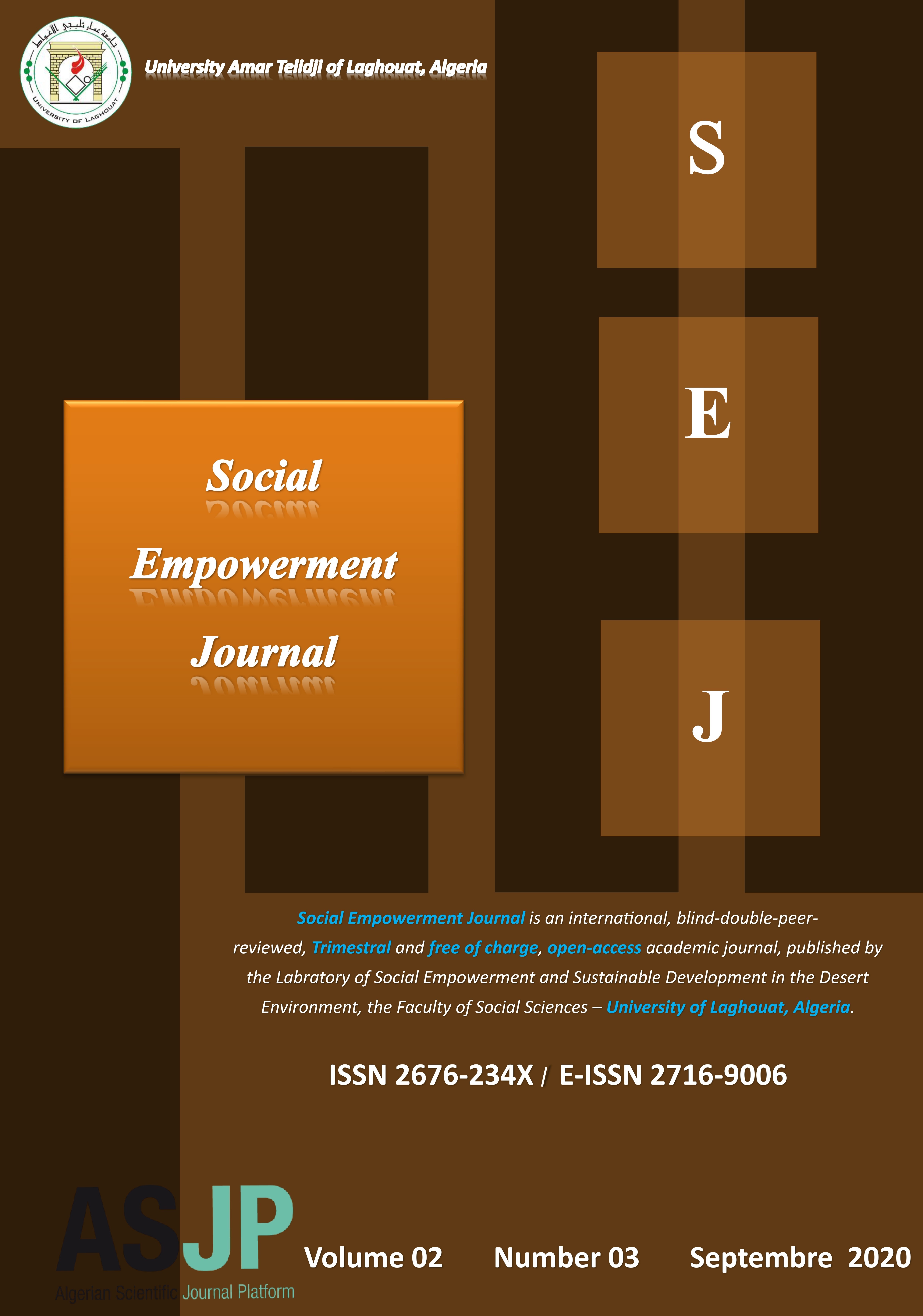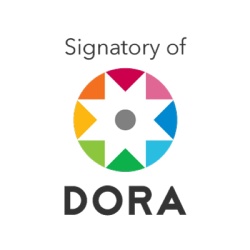The effect of scenes of violence in television on reinforcing the aggressive behavior of the child: A reading of the effects and Perception of prevention mechanisms
تأثير مشاهد العنف في التلفزيون على تعزيز السلوك العدواني لدى الطفل: قراءة للتأثيرات وتصور لآليات الوقاية
Abstract
The media play a dangerous role in inciting the child to violence, especially television and what is shown of thriller and horror films as well as dangerous or violent sports as well as cartoons that encourage violence and bloodshed, as children tend to imitate the characters of these films and cartoons, and thus affect their minds Which was confirmed by many studies that there is a strong positive correlation between watching violent television programs and aggressive behavior. On the other hand, it is the duty of society towards the violence in the media to carry out the task of censoring what is presented in the various media, holding those responsible for the dissemination and circulation of these scenes through the enactment of laws criminalizing such acts, and also the development of an ethical system that preserves the morals of the society, and maintains its customs and traditions against This negative phenomenon, including the education of generations to renounce that image of violence and unacceptability in any case, and the manufacture of public awareness rejecting them.
Downloads
References
Larousse, (1985), Dictionnaire encyclopédique, librairie Larousse, tome 10, France.
- Arabic references in English :
Abu Isbaa, S. K. (2006). Communication and Media in Contemporary Societies. Dar Aram for Studies, Publishing, and Distribution.
Abu Maal, A. F. (1990). The Impact of Media on Children, 1st ed. Dar Al-Shorouk.
Ismail, H. M. (2003). Principles of Communication Science and Theories of Influence, 1st ed. Dar Al-Alamiyah for Publishing and Distribution.
Al-Alousi, F. S. (2012). Violence and the Media. Dar Osama for Publishing and Distribution.
Al-Bashbishi, A. T. (2005). Mass Communication and Contemporary Society. Dar Al-Ma'arifah Al-Jame'iyah.
Al-Bashir, K. B. M. (2005). Violent and Pornographic Films and their Relationship to Crime, 1st ed. Naif Arab University for Security Sciences.
Tawfiq, A. A. R. (2006). Lessons in Criminology, 1st ed. Dar Wael for Publishing and Distribution.
Al-Jabreen, J. A. (2005). Family Violence throughout Life Stages, 1st ed. King Khalid Charitable Foundation Publications.
Al-Harbi, A. K. (2003). The Internet, Satellite Channels, and their Role in Deviation and Delinquency. Al-Obikan Library.
Hassanein, S. (2014). Theories of Media and their Applications in New Media Studies and Social Networking Sites. Dar Fikr and Al-Fan.
Al-Hudayfi, A. A. M. (1994). How does Media Influence? Al-Obikan Library.
Al-Sayyed, A. A. S. (2002). The Social Upbringing of the Arab Child in the Era of Globalization. Dar Al-Fikr Al-Arabi.
Shukr, K. W. (1989). Deviant Childhood. Dar Al-Arabiyyah lil Ulum.
Al-Tarabishi, M., & Al-Sayyed, A. A. (2006). Theories of Communication. Dar Al-Nahda Al-Arabiya.
Abdel Hamid, M. (1997). Media theories and influence trends, 1st ed. Alam Al-Kutub.
Azzat, M. F. (1983). Research in Islamic Media. Dar Al-Shorouk.
Al-Aqad, A. L. I. (2001). The Psychology of Aggression and Its Taming. Dar Gharib for Publishing and Distribution.
Al-Eissawi, M. A. R. (1996). Childhood Disorders. Alexandria.
Al-Eissawi, M. A. R. (1984). The Psychological and Social Effects of Arab Television. Dar Al-Nahda Al-Arabiya.
Al-Eissawi, M. A. R. (2000). Psychological Education for Children and Adolescents. Dar Al-Rateb University.
Al-Eissawi, M. A. R. (2001). Psychology of Deviance, Delinquency, and Crime, 1st ed. Dar Al-Rateb University.
Giddens, A. (2005). Sociology, 4th ed. Arab Unity Studies Center.
Farah, M. S. (1993). Childhood, Culture, and Society. Dar Al-Ma'arif.
Masoud, M. Q. M. (2006). Media and Security: The Negative Effects of Crime, Violence, and Deviation in the Media. Naif Arab University for Security Sciences.
Mouatouq, J. (2011). Introduction to the Sociology of Violence. Dar Ben Merabet for Publishing and Distribution.
Makawi, H. E., & Al-Sayed, L. H. (2001). Communication and Its Contemporary Theories, 2nd ed. Dar Al-Masriah Al-Lubnaniah.
Al-Mahdi, M. (2003). Dialogue as Prevention of Violence. Dar Al-Nahda Al-Arabiya.
Bin Saud, M. M. (2003). Shortcomings of Theory in Media Studies. Arab Journal of Humanities and Social Sciences, Kuwait University.
Al-Jabirin, Z. (1983). Television and Viewer Engagement: Issues and Solutions. Moroccan Journal of Communication Research.
Shaaban, S. (2009). The Media and Its Role in Spreading and Preventing Crime. Journal of Politics and Law.
Arafat, M. (1992). The Behavioural Impact of Media. Annual Review of Humanities and Social Sciences, Qatar University.
Al-Qadah, F. M. (1999). The Impact of Imported Television Programs on University Youth. Studies Journal, University of Jordan.
Al-Qadah, F. M. (2006). The Role of Violent Programs in Shaping Youth Behaviour: A Field Study. Studies Journal, University of Jordan.
Beit Al-Mal, H. A. (2014). The Media and Its Role in Raising Awareness about Crimes through Social Media Platforms. The Scientific Gram Conference in the Light of Regional and International Changes, College of Strategic Sciences, The Hashemite Kingdom of Jordan.

This work is licensed under a Creative Commons Attribution-NonCommercial 4.0 International License.




















